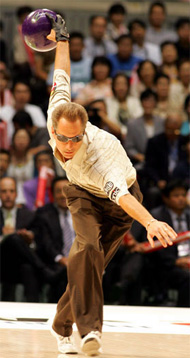
What made Conan O'Brien's farewell speech last Friday night so memorable?
Watch it here:
http://www.youtube.com/watch?v=JhKTUPBvqSc
The content was clearly very moving. And his delivery was both clear and powerful.
But what really made us sit up and listen was the shock of seeing someone who always cracks jokes suddenly and unexpectedly speaks with full sincerity.
From the Green Room: The next time you speak, take a moment to drop your usual persona and try something radically different. If you're normally loud - get quiet. If you are very serious - act goofy. And if you are always the comedian, take a moment to speak personally and sincerely to your listeners.
Your audience will remember that moment not only because it's so unexpected, but because you had the courage to reveal another side of yourself.








